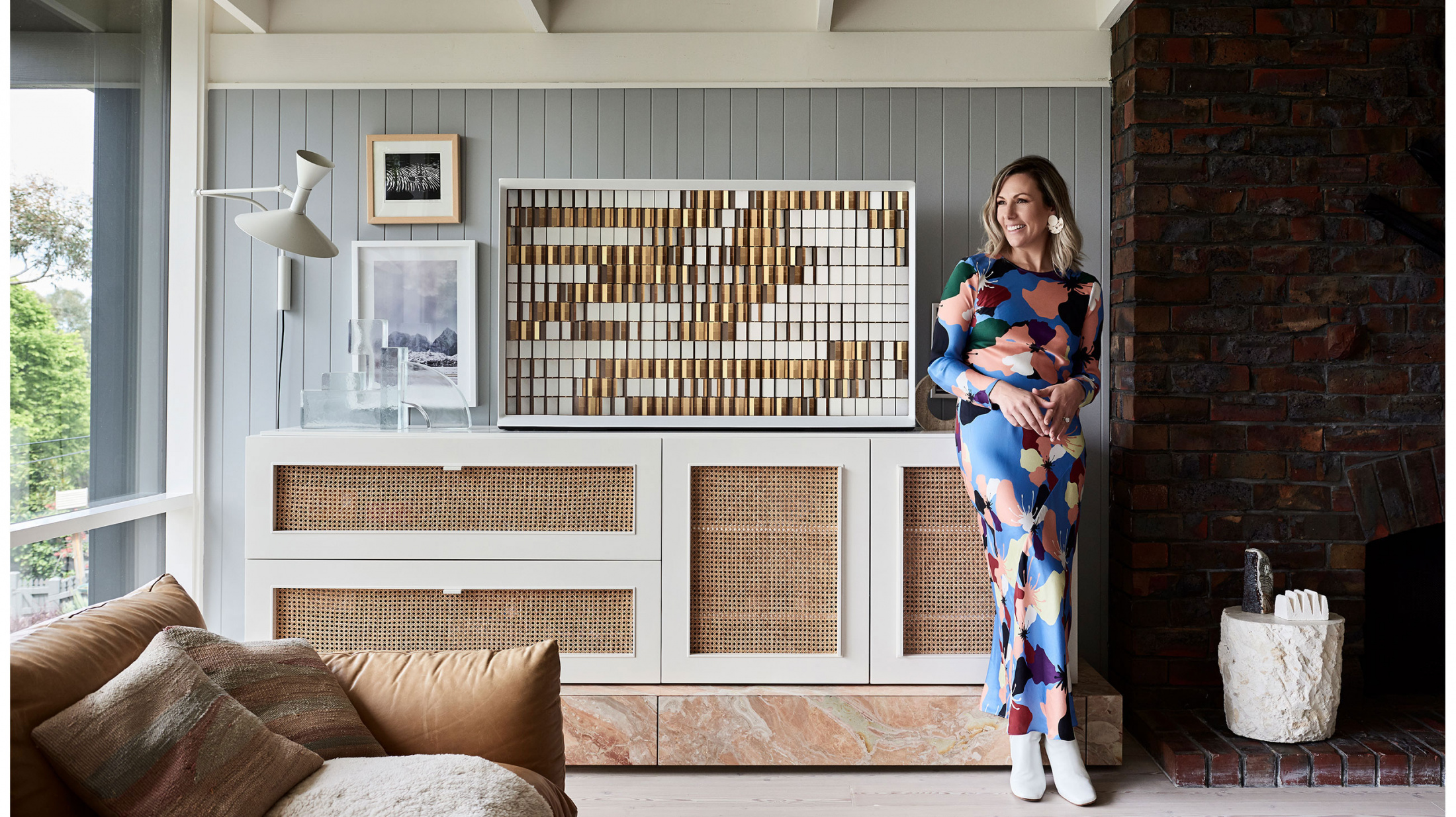Simone Haag is one of Australia’s pre-eminent stylists, creating enduring interiors that merge distinctive vintage and contemporary design with her clients’ personality, delivering sophisticated but welcoming environments.
“I’ve always had a confidence about me,” says Simone Haag, reflecting on the extraordinary impact she has had on the design world in the seven years since launching her studio, despite never having formally studied design. “I’ve observed and learned how to talk the talk when it comes to design. I’m also somewhat of a chameleon, always able to shift perspective and to adapt to a situation.”
Haag attributes the tipping point in her career to a stint working as an event manager at the Sanderson Hotel in London: “I was struck by the clarity of design in the hotel and how everything was just so well executed. I knew that I wanted to engage with the design world but I wasn’t sure how to go about it. When I returned to Australia, I felt that if I was going to work in design, I needed to rub shoulders with the best in the business.”
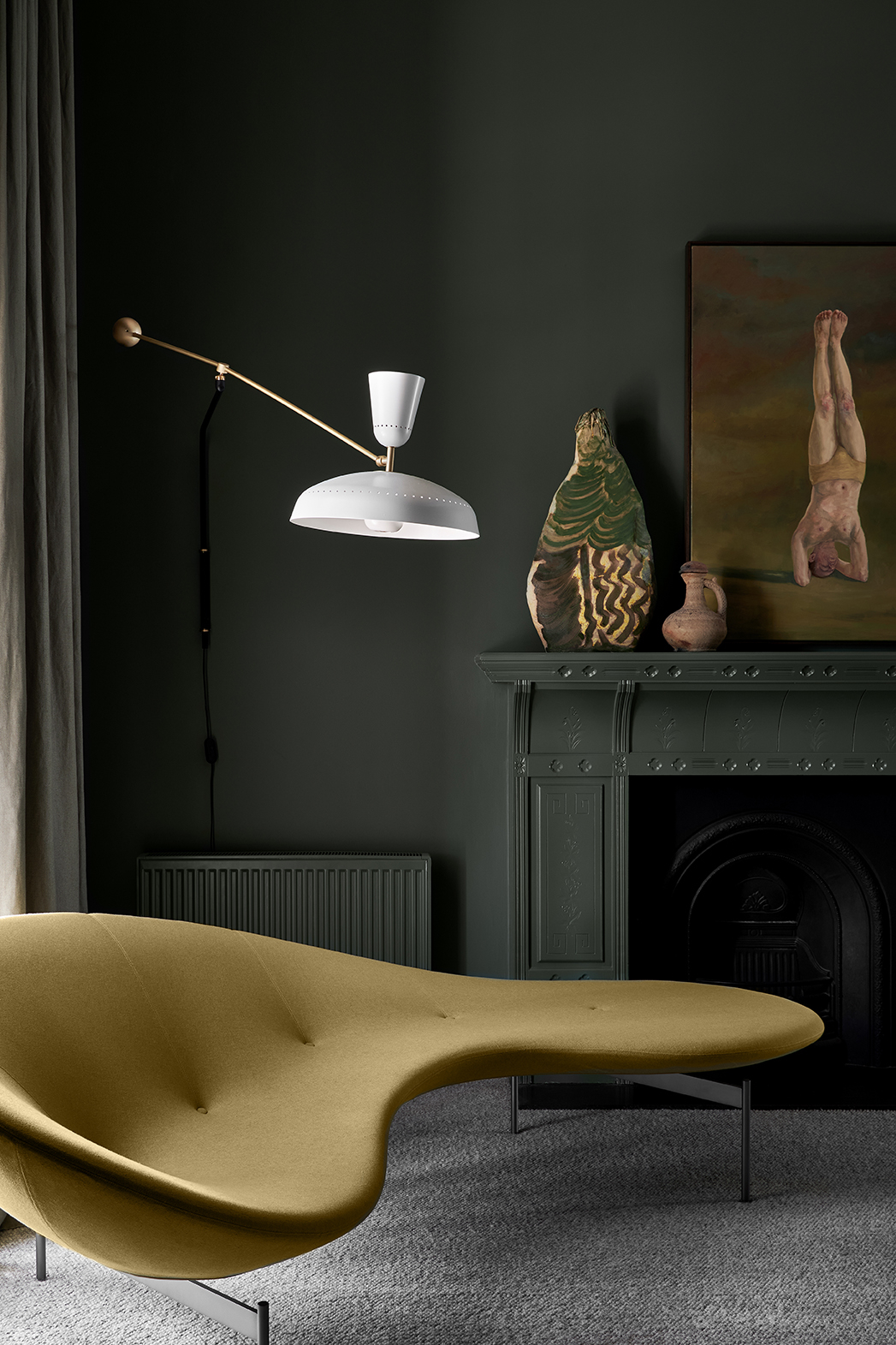

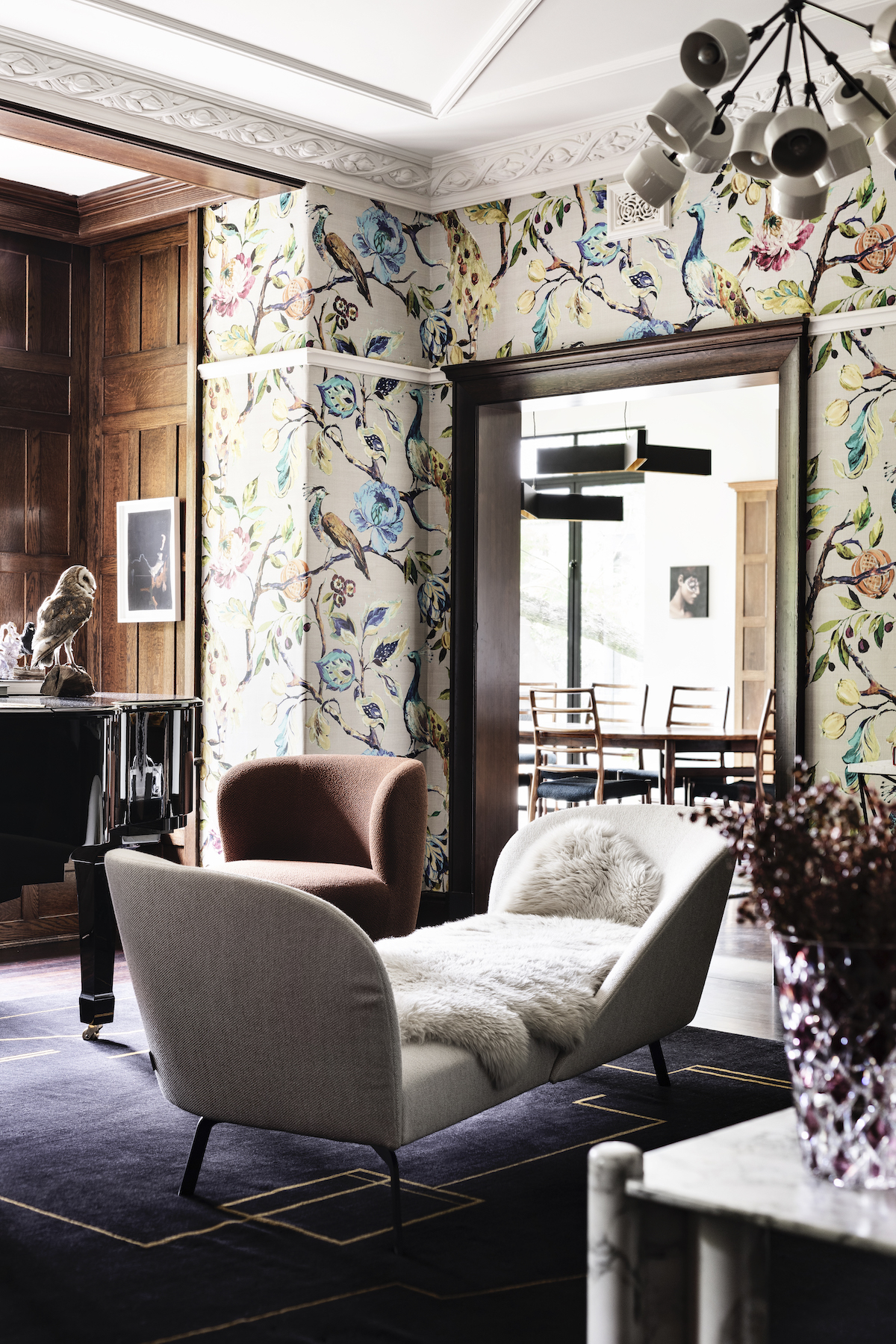
Approaching one of Melbourne’s top studios on her return, Haag worked her way up, honing her design skills and gaining experience with clients. “My confidence really carried me through,” she says. “I am a good communicator. I have an opinion. I feel that having a position on things really helped propel my career. By the end of my time at the practice, I was no longer a bystander; I was actively participating.”
Despite this, Haag felt that she’d hit a glass ceiling. She explains: “Many people have very satisfying careers working alongside their mentors. I asked myself whether I was going to be that person, or whether I was I going to step into the light. When working for others, their vision has to come ahead of yours but after a number of years, I knew that I wanted to set out on my own design path.”
As a new mother, Haag’s desire for more flexibility also played a role in her decision, tempered as it was by some nerves at eschewing the nourishment and camaraderie – and resultant inspiration – that one derives from working within a long-established team. “I was just a learner driver,” she says, “without knowing whether I could take the wheel on my own. I wanted to see how that would play out.”


With a growing roster of prestigious clients, it has clearly played out well. Haag is known for creating sophisticated yet welcoming environments, encouraging her clients to express their personality, and enhancing her interpretation of their ideas with carefully curated vintage and contemporary work. It’s a signature aesthetic that has developed over time.
“My style is always evolving,” says Haag. “It’s definitely a different look to the one I worked in at the studio. Their detailing is beautiful. Their palette is honest and muted, but out of respect to them I felt I had to diversify. I started to develop the confidence to source pieces sight unseen.”
Sourcing pieces unseen is particularly relevant to Australia, given the vast distances within the country, and its distance from Europe and America, where so many antique, vintage and contemporary pieces originate.
Haag mulls these distinct challenges: “The lead times can be up to 28 weeks, and customs duties are high. We’ve had containers that have been pirated; we’ve had pieces arrive damaged and that can be expensive to resolve… It’s a constant challenge and we’re always trying to find creative ways to work around them.”

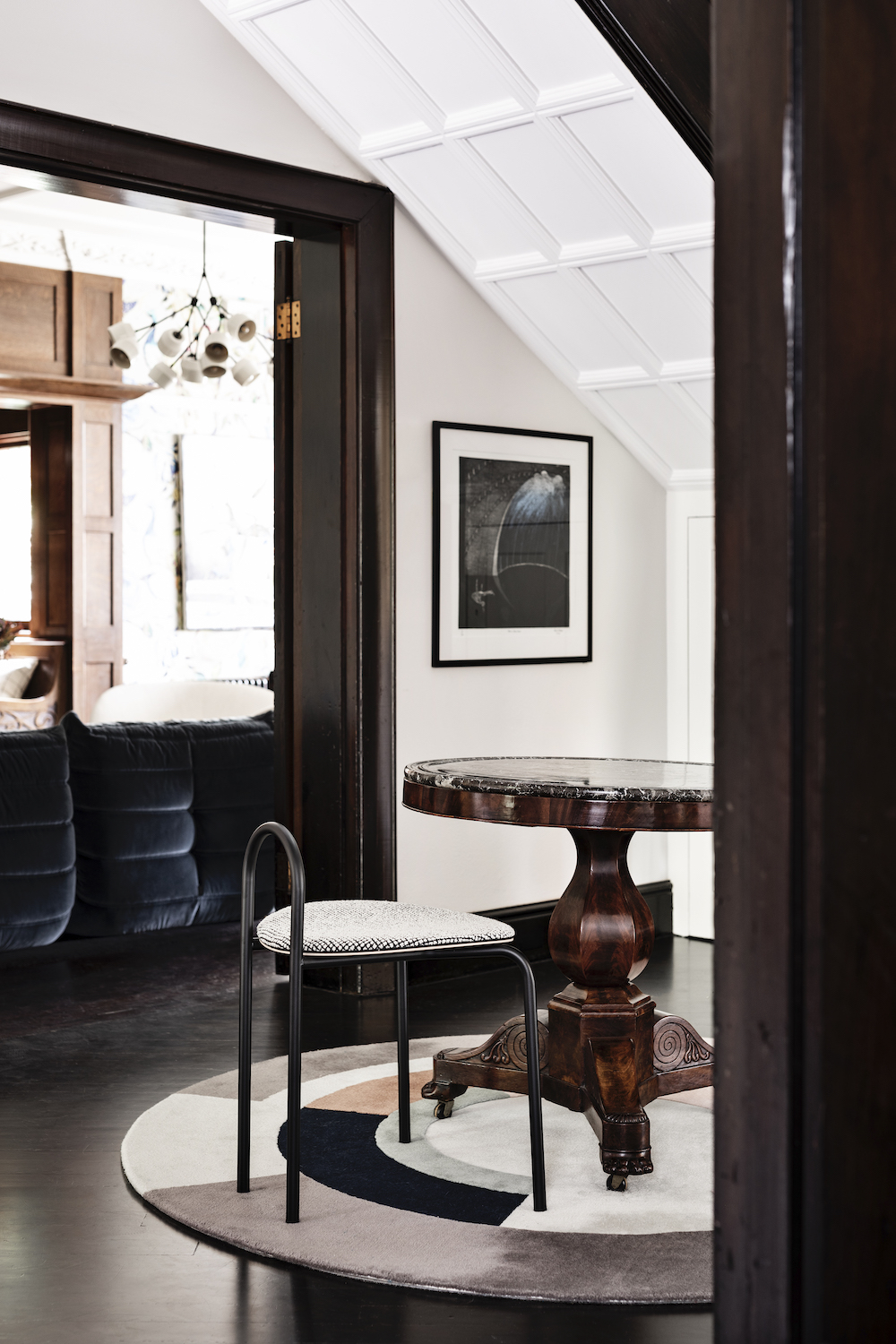
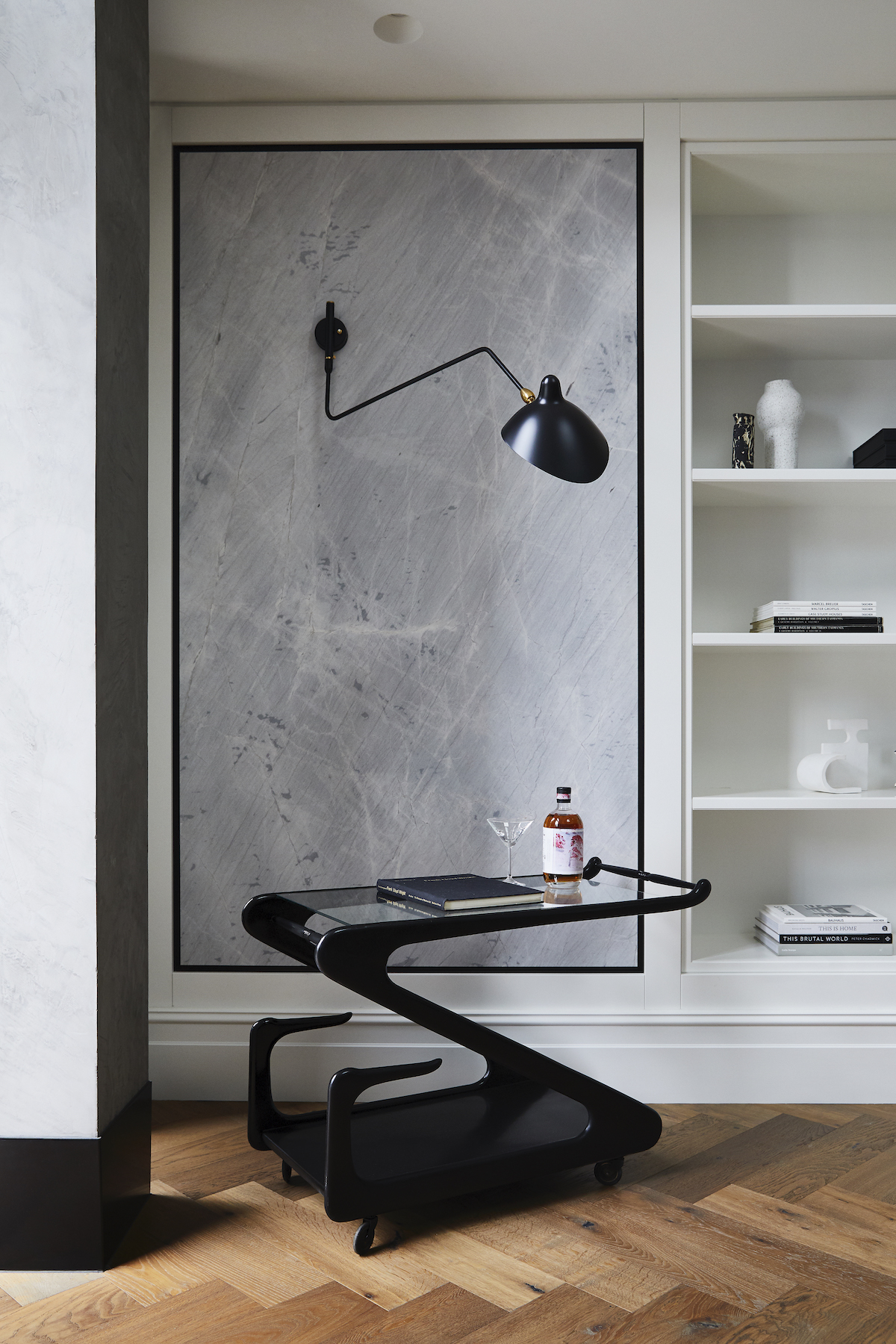
To ensure pieces will work in a space, Haag’s team asks for additional images from their suppliers, checking the scale works by measuring out significant items on-site, using templates. They also use render artists to help their clients make decisions – “it’s become a key part of our design process,” she says.
She adds: “We certainly have what we call ‘happy design accidents’, where an item might not land up exactly where we anticipated it might go, but we always find a good home for it. If you look at styling through the right lens, there are many resolutions to problems like this. Even our most regimented, detail-driven clients land up enjoying the process. Oftentimes, I ask clients to simply place trust in me and the process. I’ve also been known to tell them that I’ll buy the piece back off them if they don’t like it. It’s never happened.”

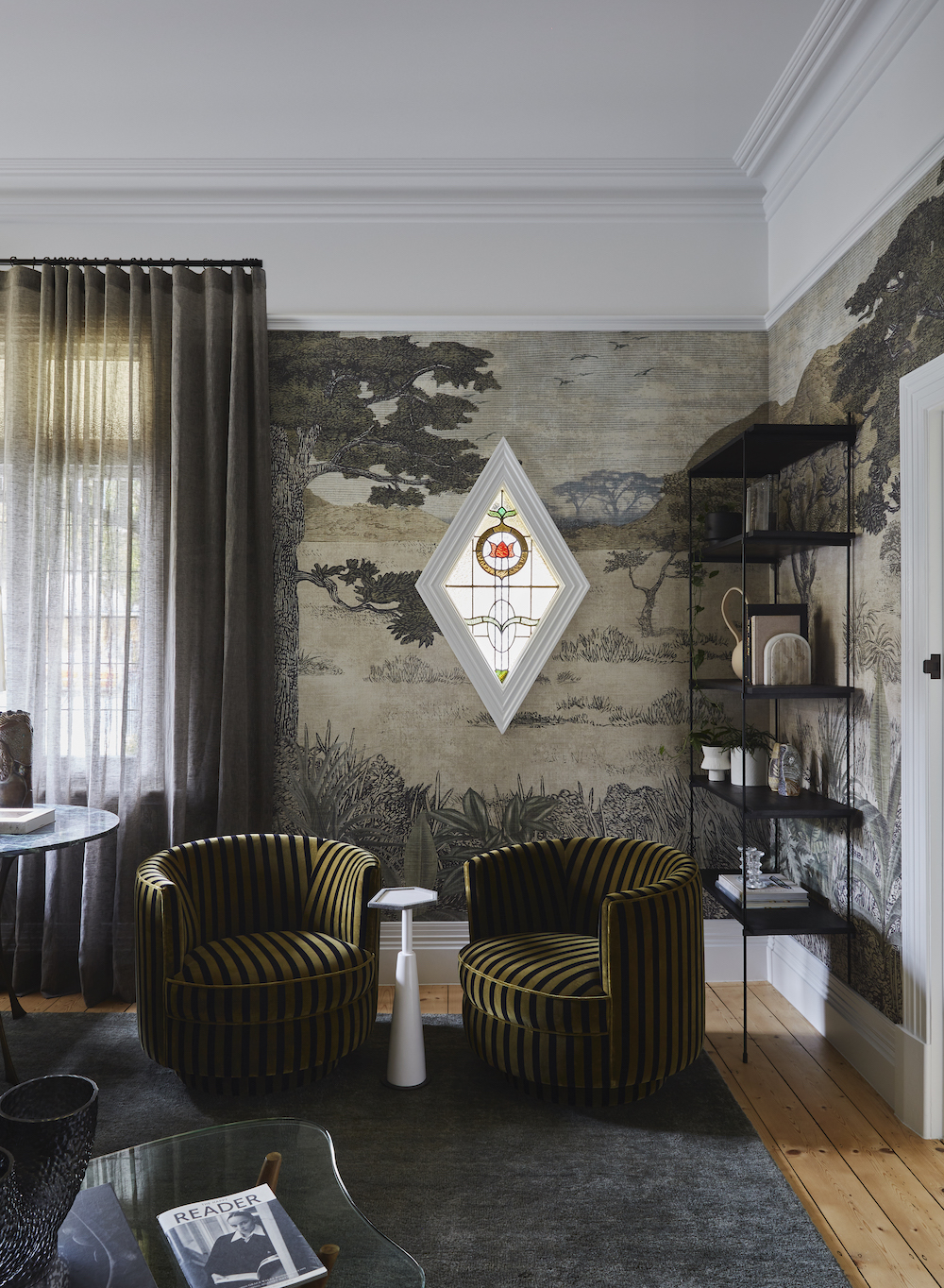

A notable feature of Haag’s work is the interplay between unexpected fabric combinations, creating both tension and harmony in her work. Haag explains how this aspect of her work evolved: “I didn’t start out looking to contrast fabrics. Sometimes when we are trying to establish a look and palette with a client, we take them to fabric houses. We pull lots of fabrics because words like ‘colorful’ or ‘cool’ are just that – words. Everyone has different interpretations, so looking at fabrics is such a good starting point.”
Through this process of selecting fabrics, Haag establishes a project palette with her client; but she also sees merit in using many of the options together in the design. “I was tentative with fabrics early in my career, often leaning towards predictable choices, but now it is one of my favourite aspects of the job,” she says. “The level of excitement in the studio is palpable when someone from the team brings in new fabric hangars. We have a selection of very skilled upholsterers that we use depending on the nature of the piece and we often bring new life to vintage pieces with unique fabric choices.”
Sometimes we’ll find a well-priced high street store furniture piece, but then re-upholster it in a banging fabric. It can bring a real signature look to a project without exceeding the budget.
Simone Haag, founder, Simon Haag Studio
And Haag doesn’t restrict the technique to vintage: “Re-upholstery is also a device we’ve used to claw back on budget. Sometimes we’ll find a well-priced high street store furniture piece, but then re-upholster it in a banging fabric. It can bring a real signature look to a project without exceeding the budget.”
Form and finish work alongside fabric textures to create interest and depth in Haag’s projects. “I love to source vintage pieces that have a patina or age over time. I think it just makes things look less contrived. I also love unusual forms, like a curved sofa or joinery unit, which adds so much dynamism to a space.”
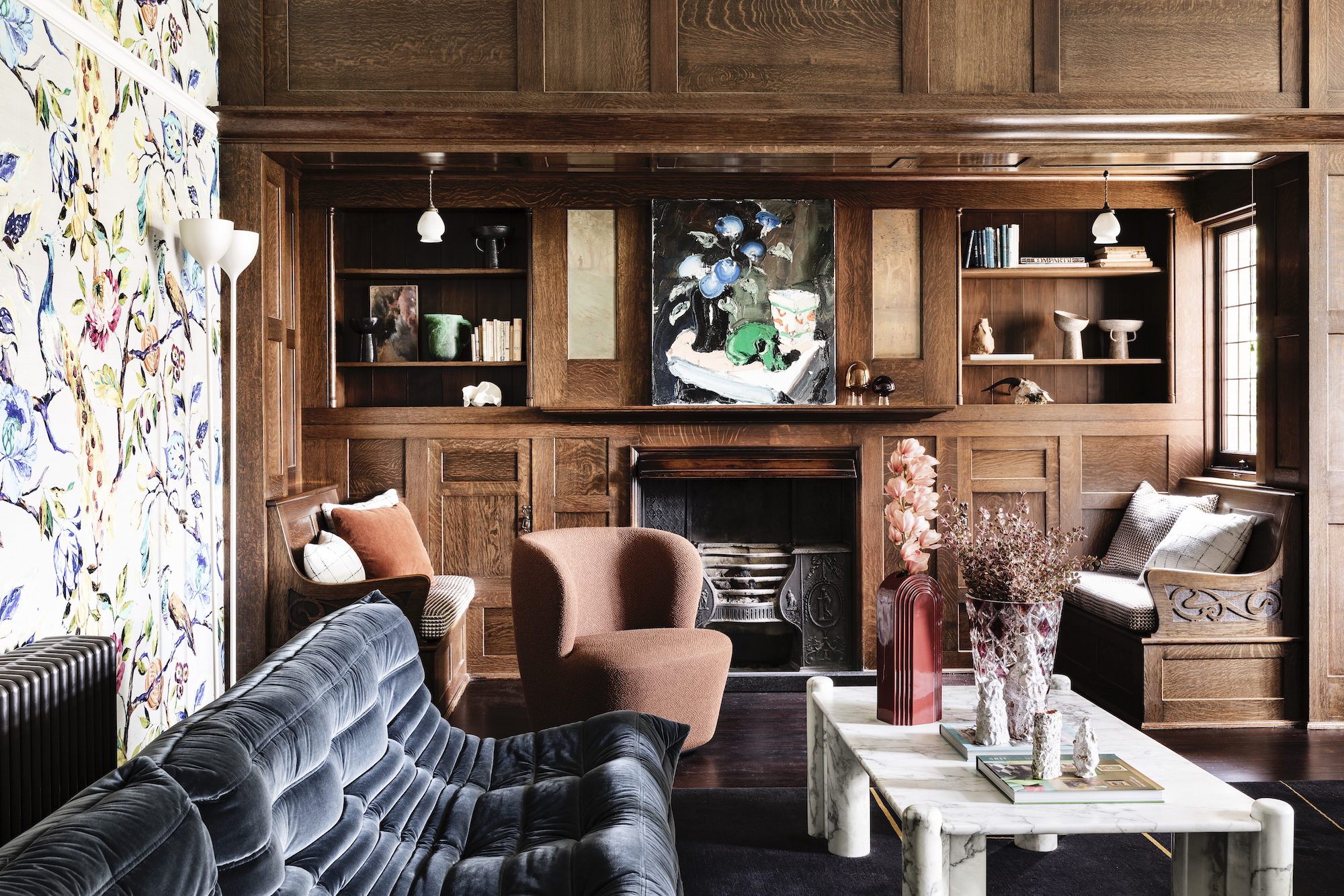

This dynamism is enhanced with low lighting and well-chosen rugs: “It’s not hard to customise a rug that really suits a space with a palette and graphics, and a sense of materiality really makes a space feel resolved. I also look to magazines to analyse the way in which people place furniture. I’m less inspired by the pieces themselves – more so by how they have been placed in relation to each other.” Haag also champions the use of ceramics and sculptures for creating depth: “They always bring interest to a space.”
The past year has been a busy one for Haag, with several residential projects, but also a branching out into commercial and experiential spaces – a departure which involved an evolution of process: “They took me out of my comfort zone because I’ve always had a one-to-one dynamic with a client. But when you move into more commercial design, you are trying to satisfy and accommodate many more people. That was something that I enjoyed because it’s a different lens in terms of how you source things.
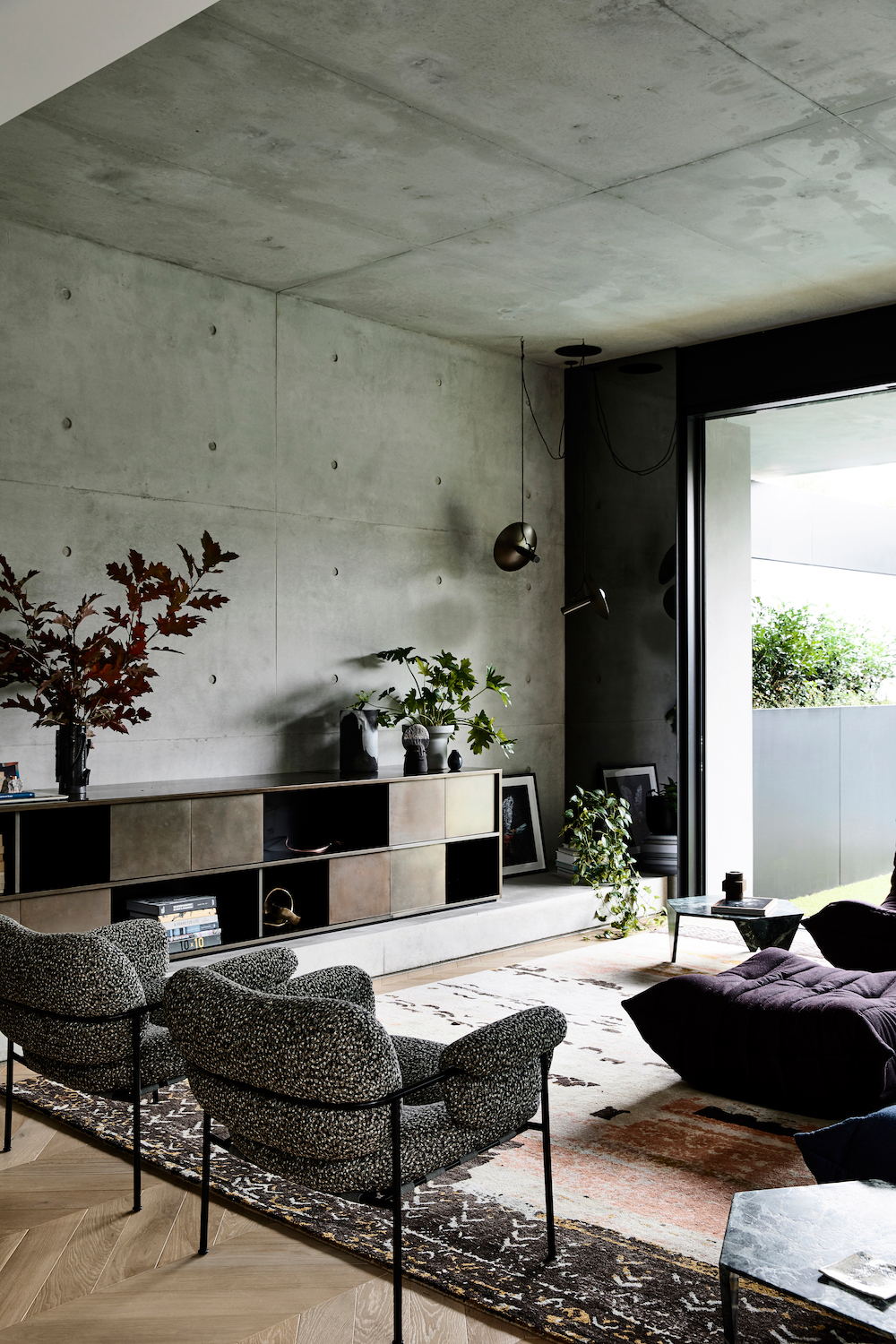
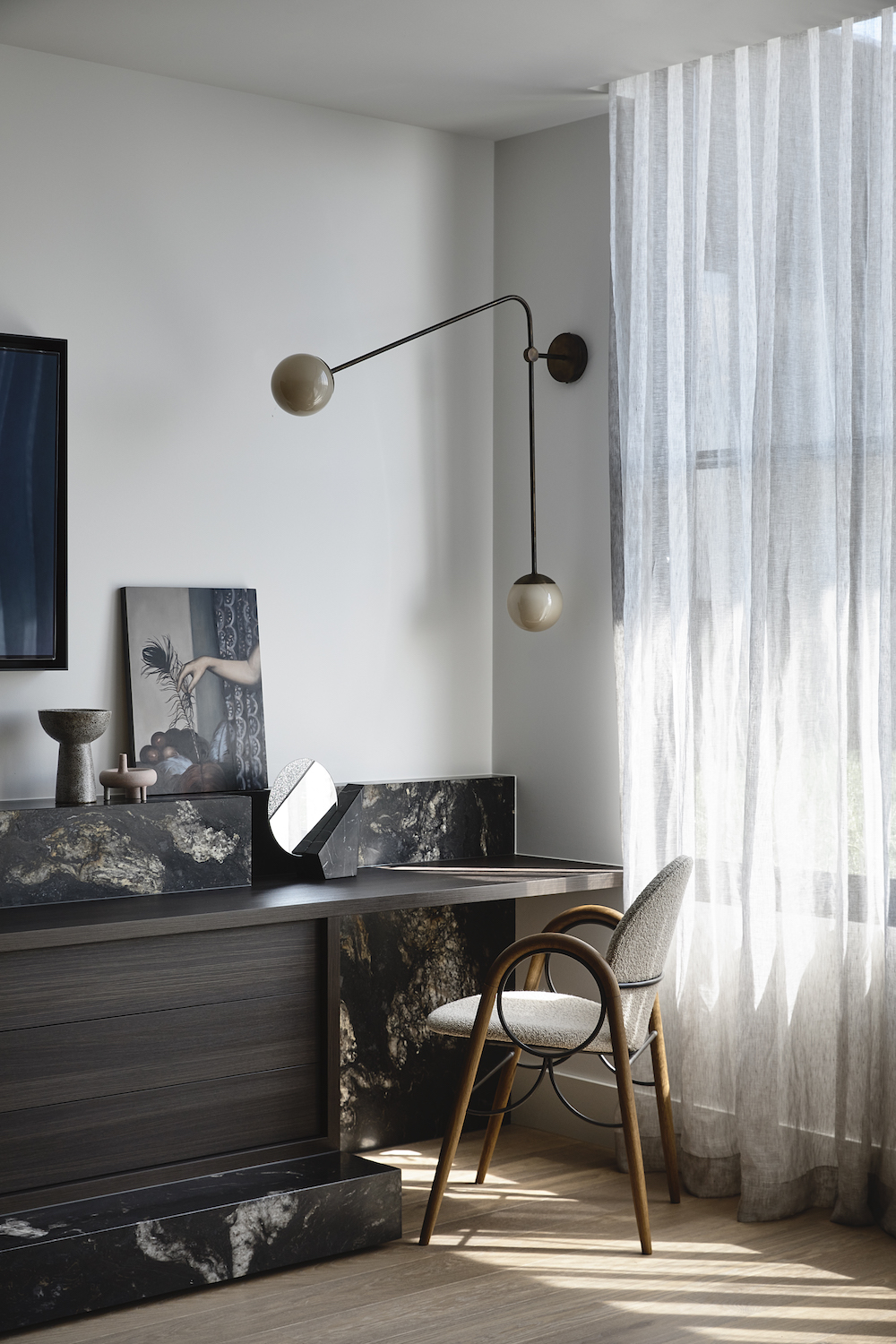
Sourcing exceptional pieces for so many diverse projects can clearly be an organisational challenge, and Haag explains her process. “I constantly have pieces and objects in my head, and when I see a space, I often know instinctively which pieces would work there. I have a number of shopping baskets on the go at any one time. I often get cues from a fabric or one particular piece of furniture which sets off the entire project.”
She adds: “Ultimately, I am proud of how different each project is, and that I’m not a one-trick pony. I think that is my signature.”
Effect Magazine is brought to you by Effetto



